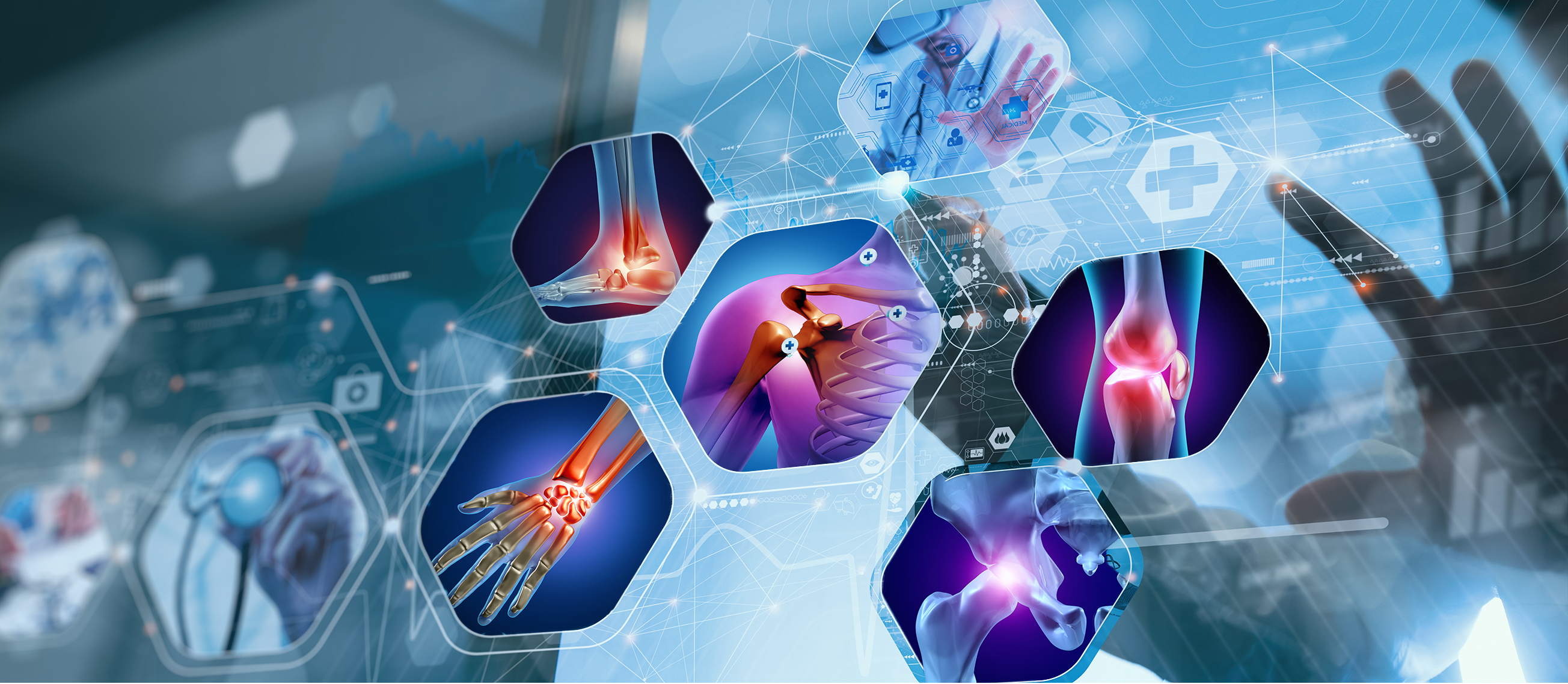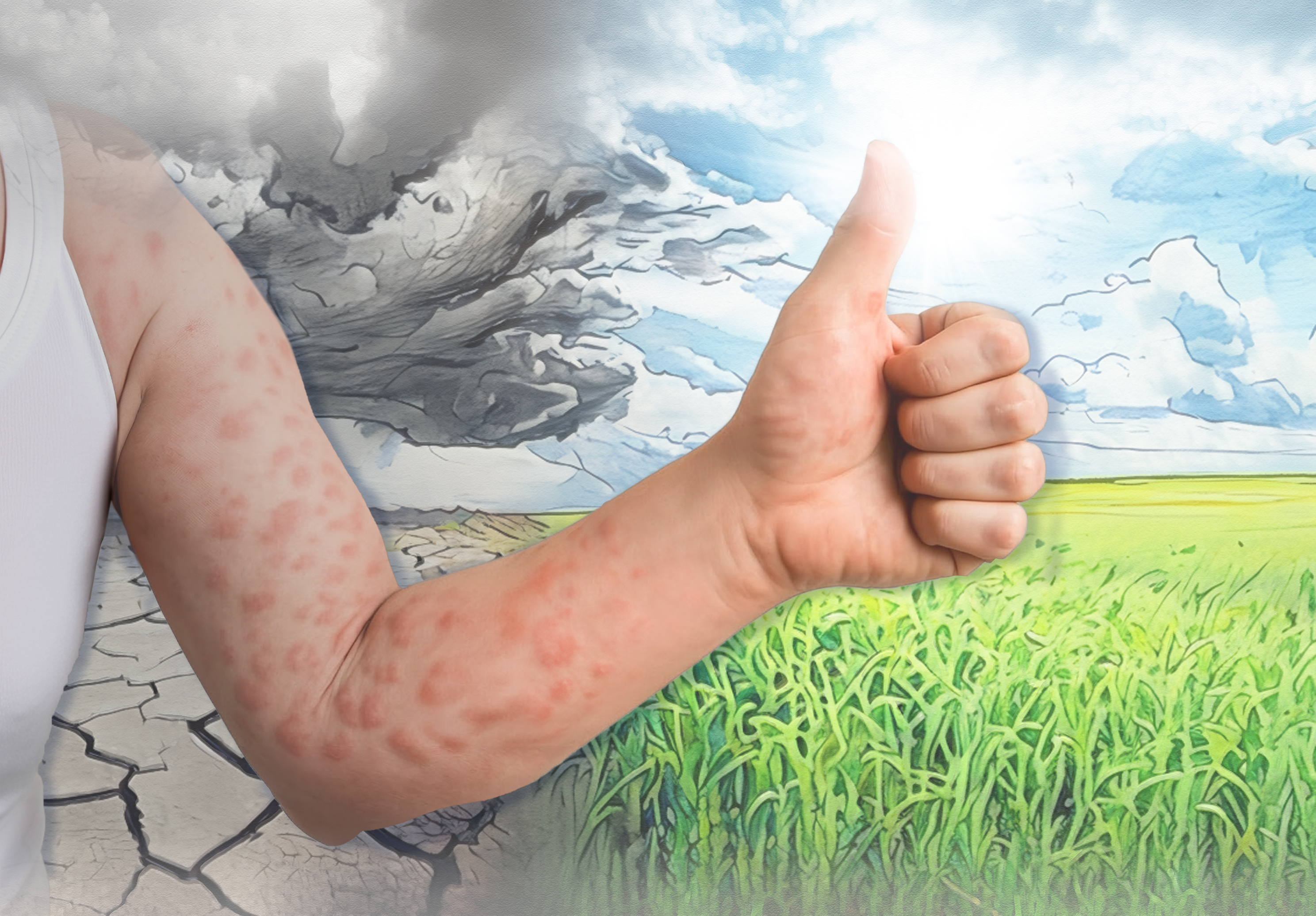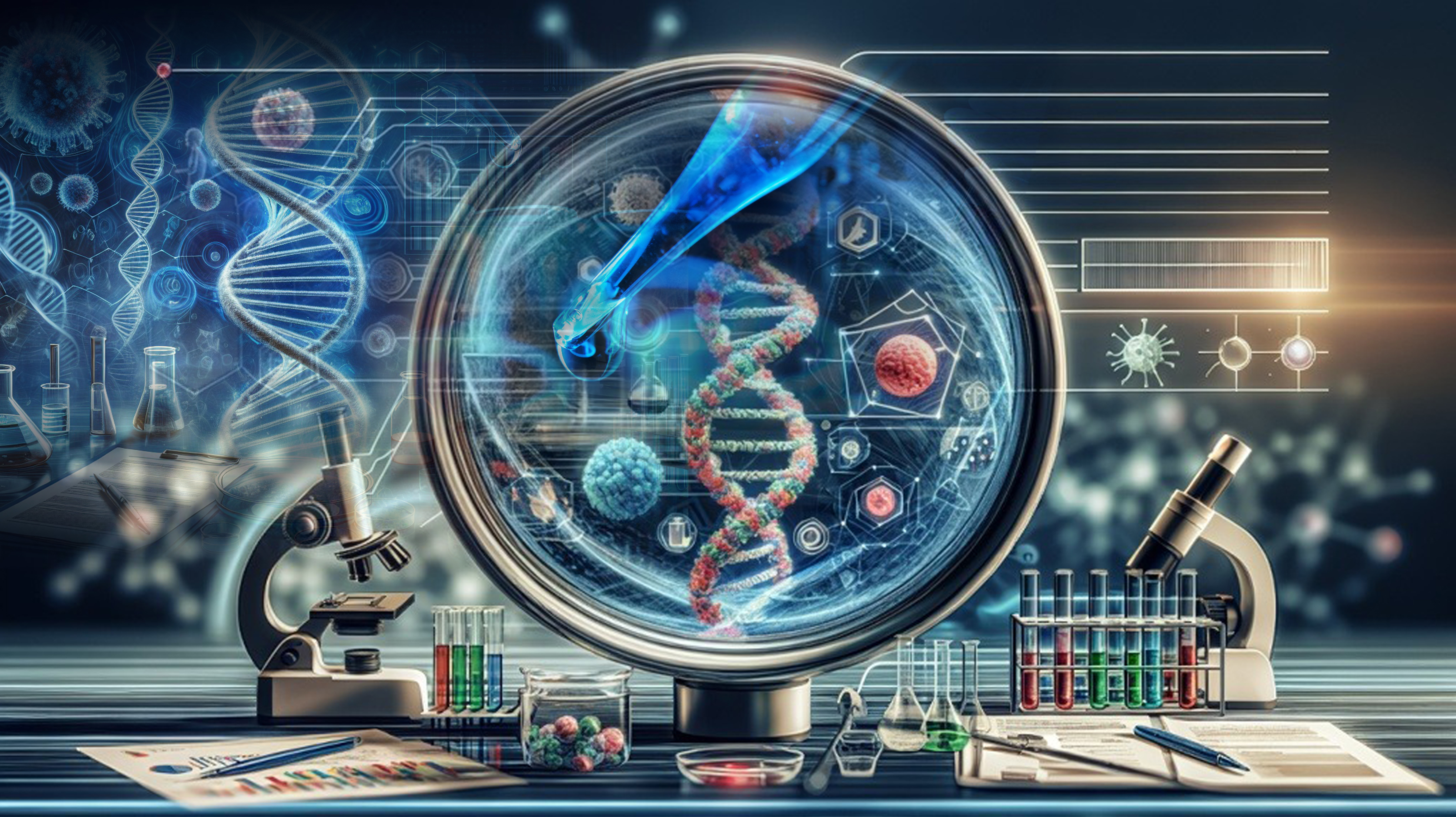One of the hallmarks of diabetes is the reduction in number of functional, insulin-producing pancreatic beta cells9. Harmine, a dual tyrosine-regulated kinase 1A (DYRK1A) inhibitor, was recently shown to effectively combat this pathway. An increase of 300% in beta cell mass was observed in a human islet-grafted murine kidney model with harmine treatment alone, which further increased to 700% with an additional GLP-1 receptor agonist, exendin-410. There was also improvement of beta cell function, including enhanced glucose-stimulated insulin secretion and rapid return to euglycemia9. A subsequent transcriptomics study revealed that harmine promoted transdifferentiation of cycling alpha cells into beta cells to cause this increase9. The utilization of patients’ own alpha cell reservoir to produce new beta cells supports the scalability of the drug compared to current beta cell regenerative treatments like islet cell transplantations. Although further research to confirm translatability of study findings to humans is warranted, harmine demonstrates good potential as an affordable and scalable treatment for diabetes.
References:
1. Wu S, et al. npj Biofilms and Microbiomes 2022;2;8(1). 2. Rezazadeh MB, et al. BMC Women's Health 2024;26;24(1):575. 3. Lin TC, et al. Appl. Sci. 2021;11(3):902. 4. Borrego-Ruiz A, et al. Nutrients 2024;16(20):3559. 5. Fusano M. Clinics in Dermatology 2022;41(1):122–6. 6. Riyanto P, et al. Dermatoendocrinol 2015;7(1):e1063751. 7. Centers for Disease Control and Prevention (CDC). MMWR Morb Mortal Wkly Rep 2004;53(45):1066-8. 8. Toma T et al. Diabetologia 2024; 67(11):2568-84. 9. Karakose E et al. Cell Rep Med. 2024;5(12):101832. 10. Rosselot C et al. Sci Transl Med 2024;16(755):eadg3456 11. American Cancer Society. Colorectal Cancer Survival Rates. 2023. 12. Cerek A et al. N Eng J Med 2022;386(25):2363-2376. 13. Seymour K et al. Neuroscience of Consciousness 2024;1:niae039. 14. Mihaylova MM et al. Cell Stem Cell 2018;22:769-778.e4. 15. Benjamin DI et al. Cell Metab 2022;34:902-918.e6. 16. Chen H et al. Cell. 2025;188(1):157-174.e22. 17. Abdelfattah M et al. Ann Neurol 2025. doi: 10.1002/ana.27170.





